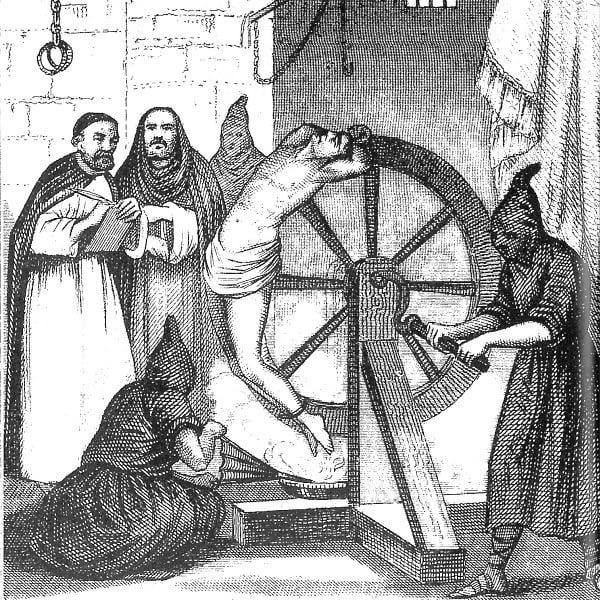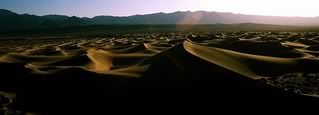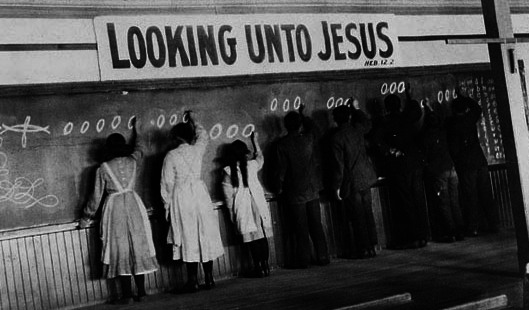National Parks & American Indians: Yellowstone
( – promoted by oke)
In 1872 President Ulysses S. Grant signed the legislation making Yellowstone National Park in northwestern Wyoming the world’s first national park. The official website for the park notes:
The human history of the Yellowstone region goes back more than 11,000 years. From about 11,000 years ago to the very recent past, many groups of Native Americans used the park as their homes, hunting grounds, and transportation routes.
http://www.nps.gov/yell/histor…


For thousands of years Obsidian Cliff in the Park had been a quarry from which Indian people obtained obsidian for making stone tools. These stone tools were traded to tribes as far away as the site of the ancient city of Chahokia in Illinois.
Indians, in spite of their long association with the Park, were not consulted with regard to the creation of the Park.
Traditional Indian Use of the Park:
After obtaining the horse in the early eighteenth century, the Indian nations of southern Idaho and western Montana began using the Bannock Trail through what is now the park as a route to the buffalo on the Montana Plains. After the buffalo went extinct in southern Idaho in the 1830s, the use of the Bannock Trail increased. While used most frequently by the Shoshone and Bannock, it was also used by the Nez Perce and the Flathead (Bitterroot Salish).

Indian people camped and hunted in the park, and used the hot springs for both cooking and for preparing hides. In addition to the tribes from the Plateau area (Shoshone, Bannock, Nez Perce, and Flathead), the area was also used by the Crow and the Cheyenne. It was not uncommon for Blackfoot war parties to come into the area to raid Crow and Shoshone hunting parties, and later the American trappers.
While Yellowstone was an area traditionally used by Indians, it was first encountered by a non-Indian a little more than 200 years. John Colter had set out to make trade alliances with the Crow. The Crow took him into what would become Yellowstone National Park and showed him the geysers and other marvels which were there. Upon returning home, many did not believe his tales and dubbed the area Colter’s Hell.
In 1865, a Blackfoot hunting party under the leadership of Big Lake described the wonders of present-day Yellowstone National Park to the Jesuit priest Father Xavier Kuppens. They then took the priest into the area, showing him the Grand Canyon of the Yellowstone and the Firehole Basin.
The Nez Perce and Bannock Wars:
While the creation of Yellowstone as a National Park in 1872 ignored the Indian presence in the Park, Indians continued to use the area. This came to the attention of the press and the general public in 1877 when the Nez Perce, attempting to avoid a fight with the American army, entered the Park through Targhee Pass. Nez Perce warrior Yellow Wolf reported:
“We did not follow the usual Nez Perce trail. We traveled over a hunting trail instead.”
Yellowstone was a National Park at this time, and consequently there were tourists in the Park. The Nez Perce encountered a group of 9 tourists from Montana. Afraid that the tourists might tell the army where they were, the Nez Perce took the tourists captive. Upon the advice of Poker Joe, the Nez Perce leader during this part of their journey, the tourists escaped.
Unfortunately for the infant park system, the capture of tourists in Yellowstone National Park by “wild, renegade” Indians was a public relations nightmare. To counteract this bad press, the government began a campaign in which Indians were portrayed as “superstitious” and afraid of all of the evil spirits in the Park. Indians, according to Park literature, rarely entered or used the Park. It took more than a century for the Park to correct this misinformation.
During the 1878 Bannock Indian War, a small group of Bannock warriors decided to run to Canada to join Sitting Bull’s Sioux. They followed the Bannock trail through Yellowstone National Park where they encountered a survey team. The Bannock managed to capture the survey crew’s animals and supplies. The army, under the command of Col. Nelson Miles who was actually in Yellowstone National Park at the time as a tourist, surprised a Bannock camp near Heart Mountain, killing 11 and capturing 31.
Southwest of Yellowstone Lake, the army met some of the escapees from the Heart Mountain battle. After a brief fight, the Indians surrendered. While the army reported only one Indian killed, the captives reported that 28 were killed. One observer of the battle wrote:
“The Bannock decided to surrender to the troops, and they moved in a peaceful manner to do so. Nevertheless, volleys of gun-fire were poured into them and several of them were killed.”
The observer concluded:
“It seemed to me that killing these Indians when it was plainly evident they were trying to surrender was a violation of the humanities. They did not respond to the fire.”
Complaints about Indians:
In 1887, Yellowstone National Park officials complained that the Shoshone band under the leadership of Major Jim had been burning grass near the park and that the tourists were nervous about having “wild Indians” in the area. The Shoshone felt that they were unable live on the rations issued at the reservation and thus needed to hunt in order to live. Burning the grass was a standard Indian way of managing the land and increasing the yield of deer, elk, and other mammals. Regular burning allows for a larger carrying capacity. Many non-Indians, however, felt that burning was bad for the land.
In 1888, the military superintendent of Yellowstone National Park complained to the Indian agents of the Lemhi and Fort Hall agencies in Idaho about Indian hunting in and near the park. He complained that not only were the Indians poaching, but they were causing some alarm among the tourists.
During the first half of the twentieth century, American Indians were no longer visibly present in Yellowstone National Park, either in its official history or in contemporary presence. From time to time, however, the Park Service did use Indians in a ceremonial fashion to help entertain the tourists. In 1925, a group of Shoshone from the Fort Hall Reservation in Idaho under the leadership of Chief Tyhee took part in ceremonies opening the new West Entrance of Yellowstone National Park. In addition, Park officials invited a group of Crow from Montana to assist in a roundup of the Yellowstone buffalo herd. The Indians wore traditional dress and attracted tourists who watched the riders chase the buffalo through the Lamar Valley.
The Park’s dislike for the Indian history of Yellowstone National Park emerged in 1927. The pageant Masque of the Absaroka, was presented in Bozeman, Montana. The pageant was a dramatization of Crow origin mythology and used Crow actors. While the pageant’s organizers wanted to present the pageant in Yellowstone National Park, Park officials did not feel that it had any connection with the Park and were concerned about the fact that the presentation used “real” Indians.
The official Park Service story was that the geysers and other features within Yellowstone National Park frightened the “superstitious” Indians. The passage of the Nez Perce through the Park in 1877 was, according to the officials, an anomaly. In 1935, however, two veterans of the 1877 Nez Perce War, Many Wounds and White Hawk, revisited Yellowstone National Park. When asked about their reaction to the geysers, they stated:
“We knew that country well before passing through there in 1877. The hot smoking springs and the high-shooting water were nothing new to us.”
Recognition of Indians:
In 1961, Yellowstone National Park issued the following statement:
“The National Park Service now believes that the Yellowstone Park Area may not have been taboo to the nomadic Indian tribes which frequented the Northwest in prehistoric times. Evidence collected over the past several years seems to indicate that many tribes have been more or less permanent residents of this geologically mysterious area.”
In 1996, the Obsidian Cliff in Yellowstone National Park was designated a National Historic Landmark and was recognized as one of the first industrial areas in North America. The Obsidian Cliff was the source of material for making stone tools for thousands of years and tools from this area spread across thousands of miles.
In 2001, Yellowstone National Park changed its entrance fee policy to allow members of “affiliated” tribes to enter the park for traditional purposes without paying the recreation fee.
About the Buffalo:

In 1889, there were an estimated 200 buffalo left in Yellowstone National Park. In 1902, Yellowstone National Park purchased 21 buffalo from the Pablo-Allard herd from the Flathead Reservation in Montana and from the Goodnight herd in Texas. The new herd was kept quarantined and monitored to prevent cross-breeding with the wild mountain buffalo which were still in the Park.
Pressure from Montana’s livestock industry in 1945 resulted in a ban on shipping live buffalo from Yellowstone National Park. Ranchers feared that the buffalo may have brucellosis and may pass it on to cattle.
In 1997, a hard winter caused buffalo in Yellowstone National Park to migrate outside of the Park’s boundaries. In spite of protests by Native Americans and others, the government killed 1,100 buffalo. While the official reason for killing the buffalo was the fear that brucella abortus would be passed from the buffalo to domestic cattle, one leading authority on brucellosis reports:
“a bison would practically have to abort in a cow’s face to pass it on.”
Indians tend to see the battle over the buffalo as a traditional “cowboys versus Indians” thing in which the buffalo represent the Indians.




